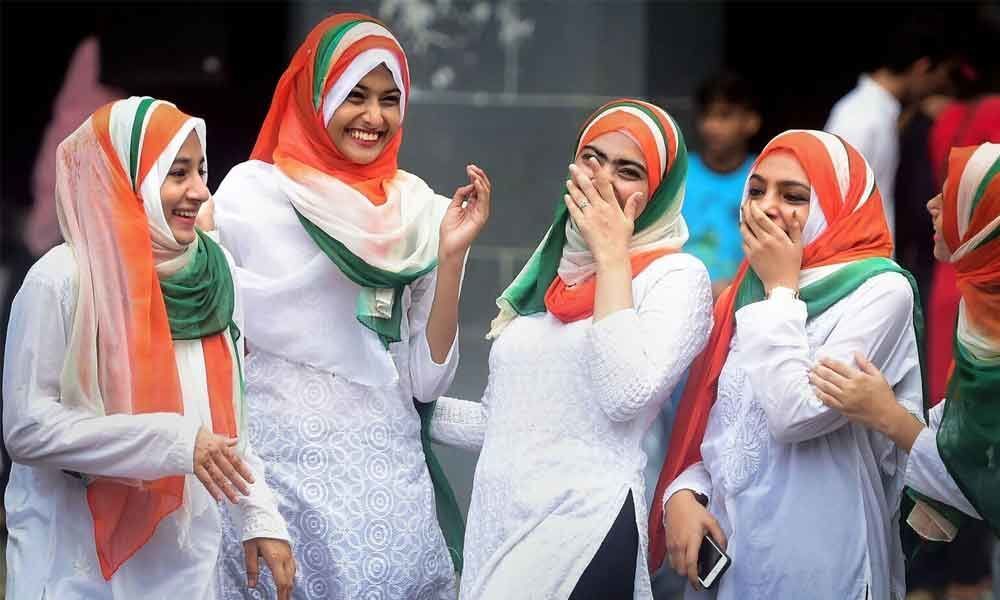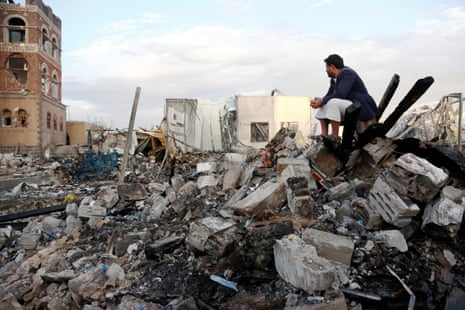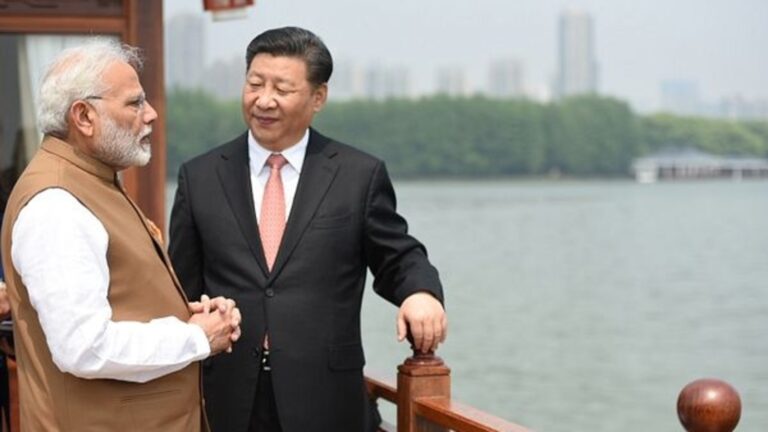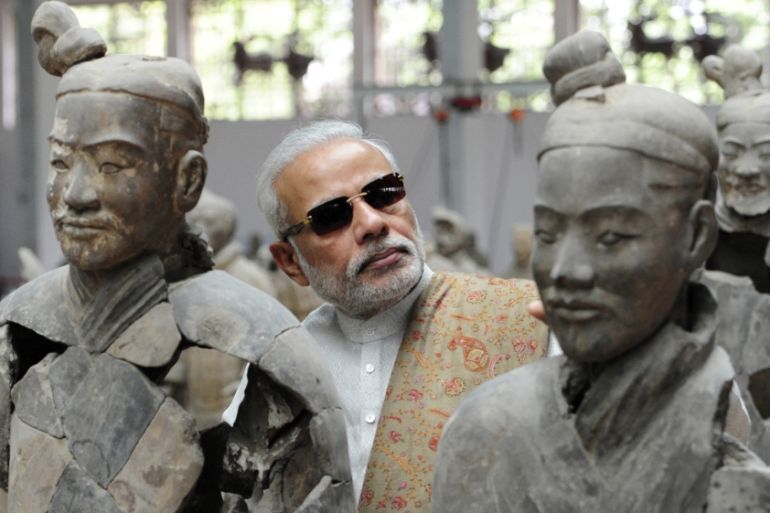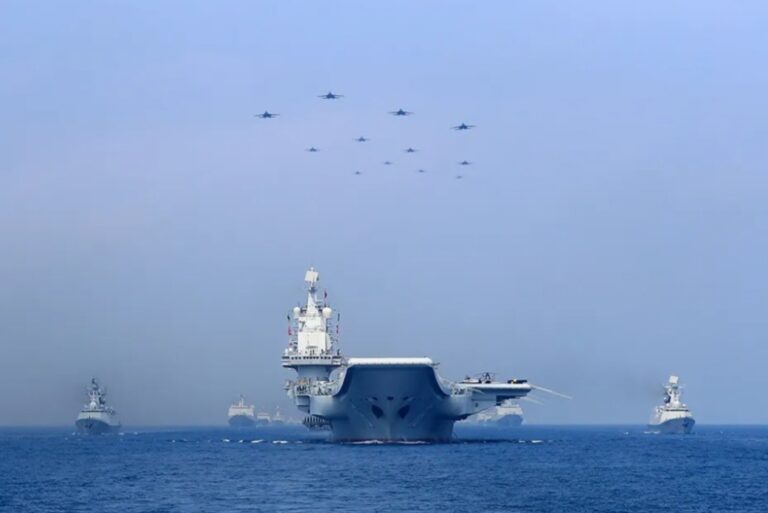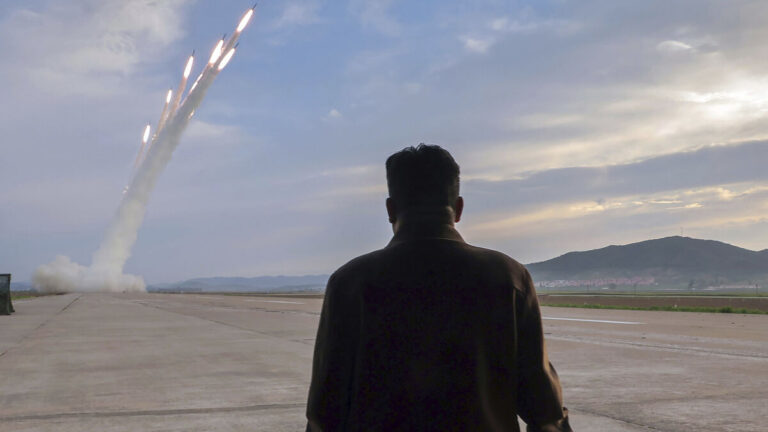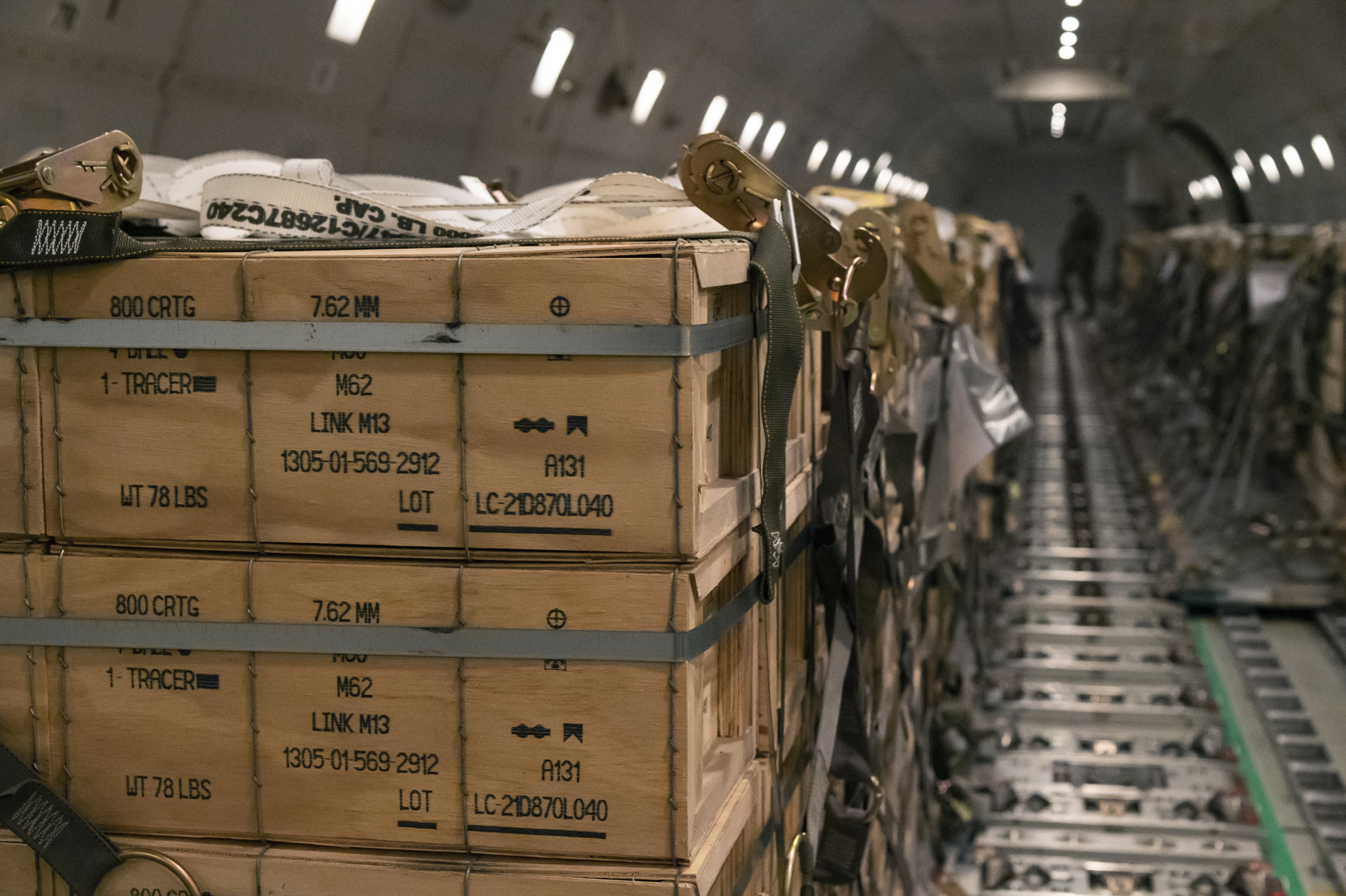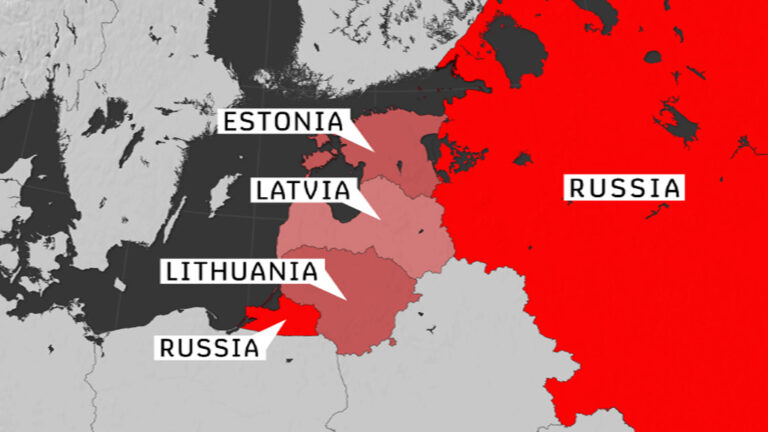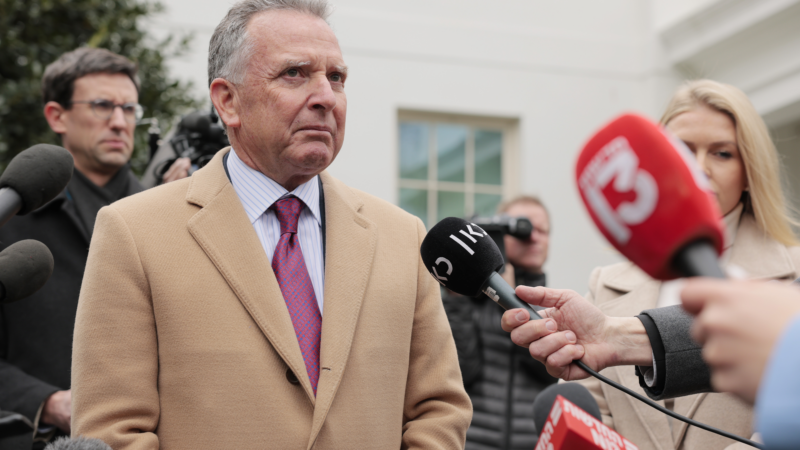Once again, U.S. President Donald Trump has made it clear that his administration will do whatever it takes to gain control of Greenland. His latest remarks, doubling down on America’s interest in the strategically crucial Arctic island, have reignited tensions with Denmark and Greenlanders, who are uniting against what they see as blatant U.S. overreach.
Speaking from the Oval Office, Trump was unequivocal about his vision –
“We need Greenland for national security and international security. So, I think we’ll go as far as we have to go. The world needs us to have Greenland, including Denmark. Denmark has to have us have Greenland.”
His insistence that Greenland is essential to America’s global security strategy signals that the idea of U.S. acquisition – whether by purchase, strategic dominance, or other means – has not faded since he first floated it during his initial presidency. His March address to Congress made it even clearer – “We will acquire Greenland one way or another.”
Unsurprisingly, Greenland’s Prime Minister Mute Bourup Egede swiftly rejected Trump’s remarks. “Greenland belongs to the Greenlanders. We are not Americans, we are not Danes because we are Greenlanders. This is what the Americans and their leaders need to understand. We cannot be bought and we cannot be ignored.”
The Vance Visit, New Controversy
In a move that further fueled controversy, U.S. Vice President JD Vance and his wife, Usha Vance, scheduled a visit to Greenland. Initially, Usha Vance planned to visit as part of a cultural exchange, but after Danish and Greenlandic leaders voiced their concerns, the trip was abruptly modified to a military-focused itinerary.
JD Vance himself decided to join his wife at the last minute, telling reporters in a video announcement – “I decided I didn’t want her to have all that fun by herself, so I’m going to join her.” The casual remark belied the fact that his presence drastically changed the nature of the visit. As the highest-ranking U.S. official to ever visit Greenland, Vance’s trip is indicative of Washington’s increasing focus on the Arctic as a strategic frontier in the ongoing geopolitical tussle with Russia and China.
However, rather than visiting Greenlandic cultural sites as originally planned, the Vances will now be confined to Pituffik Space Base (formerly Thule Air Base), an isolated U.S. military outpost 1,000 miles from Nuuk, Greenland’s capital. The shift in itinerary is widely seen as a move to avoid direct confrontation with local protests.
Protests had been planned in Nuuk and Sisimiut, where demonstrators prepared banners reading “Yankee Go Home” and “Make America Go Away.” Experts believe that avoiding these locations was a calculated PR move.
Strategic Stakes and Danish Resistance
The Trump administration’s renewed Greenland obsession comes amid a larger geopolitical chess game involving Russia and China. The Arctic, rich in natural resources and strategically vital for military positioning, has become a hotbed of global interest. With Greenland home to some of the world’s largest untapped deposits of rare earth minerals, the U.S. is keen to expand its foothold, while Denmark remains steadfast in asserting its sovereignty over the territory.
Danish Prime Minister Mette Frederiksen has called Trump’s statements and the Vances’ visit “unacceptable pressure” on Greenland. She further criticized the U.S. for treating Greenland as a pawn in its security strategy, rather than respecting its autonomy.

The Strategic Importance of Pituffik Space Base
Formerly known as Thule Air Base, Pituffik Space Base is the United States military’s northernmost installation and one of its most strategically vital sites. Established in 1951 under a defense agreement between Denmark and the United States, it ensures a strong American military presence in the Arctic.
Pituffik plays a key role in missile defense and space surveillance. The base is home to an Upgraded Early Warning Radar system that can detect missile launches in their earliest moments, providing critical data for US defense operations. The ability to detect a launch, calculate trajectory, and activate missile defense systems makes Pituffik an irreplaceable component of the US military’s global defense strategy.
Approximately 150 US Air Force and Space Force personnel are permanently stationed at the base. Each summer, around 70 members of the New York Air National Guard arrive with ski-equipped LC-130 aircraft to transport researchers and supplies to ice camps across Greenland, illustrating the base’s additional role in supporting scientific research missions. Despite its small population of about 700 personnel, Pituffik remains a linchpin in US military strategy.
The US Military’s Longstanding Presence in Greenland
The American military footprint in Greenland dates back to World War II, when Nazi Germany occupied Denmark in 1940, Greenland was left vulnerable. To counter this, the United States secured an agreement with Denmark’s ambassador in Washington to establish airfields and weather stations on the island. By 1941, US forces had built defensive positions, monitoring North Atlantic routes for German submarine activity.
This arrangement was formalized in 1951 through the US-Denmark defense treaty, granting Washington extensive rights to operate military facilities in Greenland. During the Cold War, Thule Air Base (now Pituffik) became an essential Arctic outpost, hosting long-range bombers capable of striking the Soviet Union and housing massive radar installations to detect incoming missiles.
One of the most ambitious Cold War projects was Camp Century, a nuclear-powered base built beneath Greenland’s ice as part of Project Iceworm. The project aimed to test the feasibility of launching nuclear missiles from the ice sheet. However, shifting ice conditions rendered the plan unviable, and it was eventually abandoned.

The Social and Political Impact of the US Military in Greenland
The American military presence in Greenland has not been without controversy. In 1953, approximately 130 Inuit residents were forcibly relocated from their homes near Thule to a harsher settlement further north. This displacement, which severely disrupted traditional hunting practices, remains a source of resentment among Greenland’s Indigenous population, despite compensation being provided decades later.
While the 1951 US-Denmark defense agreement legitimizes the US military presence at Pituffik, the Igaliku Agreement of 2004 requires Denmark and Greenland to be notified of any significant operational changes at the base.
Hence, US diplomatic maneuvers, including a visit by Usha Vance, wife of US Senator J.D. Vance, have been met with increasing concern from Greenlandic officials.
Pituffik’s Role in the Future of US Defense
As global security challenges evolve, Pituffik’s importance is expected to grow.
The increasing threat of hypersonic missiles (maneuverable projectiles that fly at low altitudes and are nearly impossible to intercept) means the need for early warning systems like the one at Pituffik.
Military analysts foresee Pituffik expanding beyond radar operations. “It could also serve as a forward staging base or a key line of communication,” Bouffard noted. “The more forward these locations are, the more useful they are.”
With US officials pushing for greater control in the region, Vance’s visit to Pituffik is more than just a diplomatic courtesy, it signals Washington’s determination to secure its foothold in Greenland’s growing strategic importance.

US Plan To Take Over Greenland ‘Serious’, Putin Says
Meanwhile, Russia considers US plans to annex Greenland “serious” and worries the West could use the Arctic as a springboard for future conflicts, Russian President Vladimir Putin said Thursday.
US President Donald Trump has pushed to take control of the autonomous Danish island since taking office in January, saying Washington needs to have it for “international security.”
“It is a deep mistake to think that this is some extravagant talk from the new American administration. It is nothing of the sort,” Putin told an Arctic forum in the northern city of Murmansk.
“We are talking about serious plans on the American side with regard to Greenland. These plans have long-standing historical roots,” he added.
He said that while Russia was not directly involved in the question of Greenland’s ownership, Moscow was concerned that “NATO countries, in general, are increasingly designating the far north as a springboard for possible conflicts.”
Greenland, which is seeking independence from Denmark; the island is strategically located between North America and Europe at a time of rising US, Chinese, and Russian interest in the Arctic, where sea lanes have opened up because of climate change.
Denmark has rebuffed Trump’s calls to take over the island and says the people of Greenland have shown they do not want to be part of the United States.
Greenlanders Unite to Fend Off US as Trump Seeks Control of Arctic Island
Greenlanders are increasingly worried that their homeland, a self-governing region of Denmark, has become a pawn in the competition between the U.S., Russia, and China as global warming opens up access to the Arctic. They fear Trump’s aim to take control of Greenland, which holds rich mineral deposits and straddles strategic air and sea routes, may block their path toward independence.
Those fears were heightened Sunday when Usha Vance, the wife of U.S. Vice President JD Vance, announced she would visit Greenland later this week to attend the national dogsled race. Separately, National Security Adviser Michael Waltz and Energy Secretary Chris Wright will visit a U.S. military base in northern Greenland.
The announcement inflamed tensions sparked earlier this month when Trump reiterated his desire to annex Greenland just two days after Greenlanders elected a new parliament opposed to becoming part of the U.S. Trump even made a veiled reference to the possibility of military pressure, noting the U.S. bases in Greenland and musing that “maybe you’ll see more and more soldiers go there.”
News of the visit drew an immediate backlash from local politicians, who described it as a display of U.S. power at a time they are trying to form a government.
As mentioned before, Greenland, part of Denmark since 1721, has been moving toward independence for decades. It’s a goal most Greenlanders support, though they differ on when and how that should happen. They don’t want to trade Denmark for an American overlord.
Wrong Move?
While Greenland has limited leverage against the world’s greatest superpower, Trump made a strategic mistake by triggering a dispute with Greenland and Denmark rather than working with its NATO allies in Nuuk and Copenhagen, said Otto Svendsen, an Arctic expert at the Center for Strategic and International Studies in Washington.
Trump’s actions, he says, have united Greenlanders and fostered a greater sense of national identity.
“You have this feeling of pride and of self-determination in Greenland that the Greenlanders are not, you know, cowed by this pressure coming from Washington,” Svendsen said. “And they’re doing everything in their power to make their voices heard.”
Denmark recognized Greenland’s right to independence at a time of its choosing under the 2009 Greenland Self-Government Act, which was approved by local voters and ratified by the Danish parliament. The right to self-determination is also enshrined in the United Nations charter, approved by the U.S. in 1945.
U.S. National Security
But it seems that Trump is more focused on the economic and security needs of the U.S. than the rights of smaller nations. Since returning to office in January, he has pressured Ukraine into giving the U.S. access to valuable mineral resources, threatened to reclaim the Panama Canal, and suggested that Canada should become the 51st state.
Now he has turned his attention to Greenland, a territory of 56,000 people, most from indigenous Inuit backgrounds.
It’s not that Greenlanders don’t like the U.S. They have welcomed Americans for decades.
The U.S. effectively occupied Greenland during World War II, building a string of air and naval bases.
After the war, President Harry Truman’s government offered to buy the island because of “the extreme importance of Greenland to the defense of the United States.” Denmark rejected the proposal but signed a long-term base agreement.
When Trump resurrected the proposal during his first term, it was quickly rejected by Denmark and dismissed as a headline-grabbing stunt. But now Trump is pursuing the idea with renewed energy.
Even so, Trump has his admirers in Greenland but what they want is for Greenland to be independent – a U.S. ally but not the 51st state.






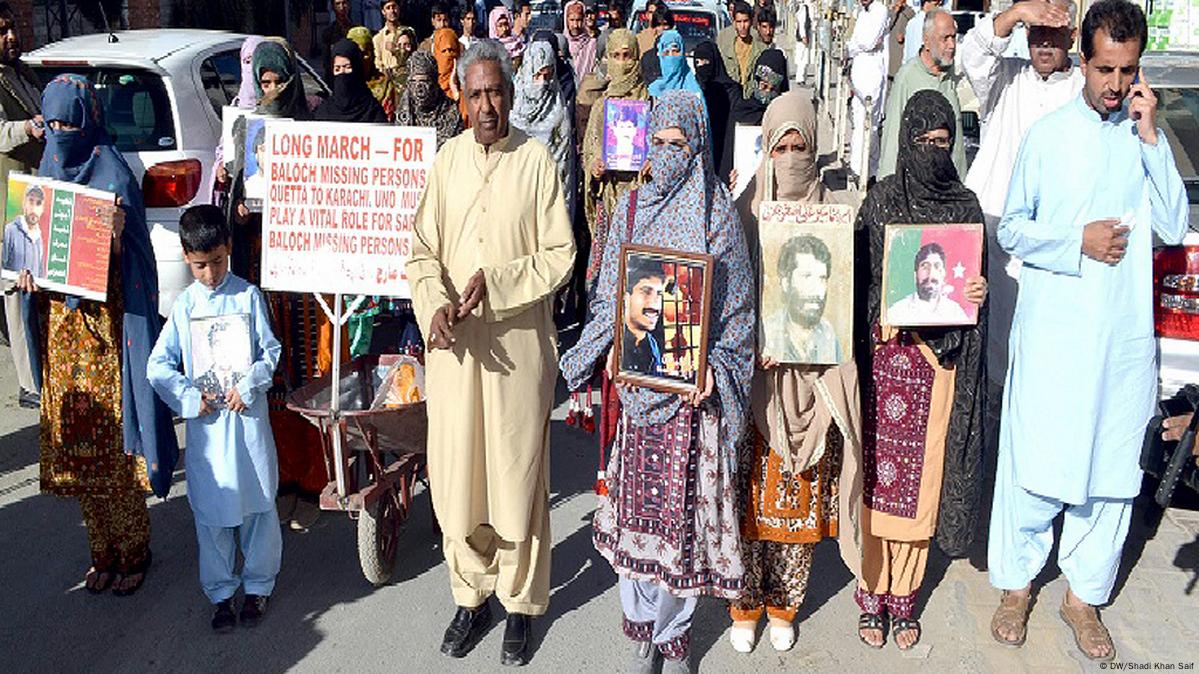
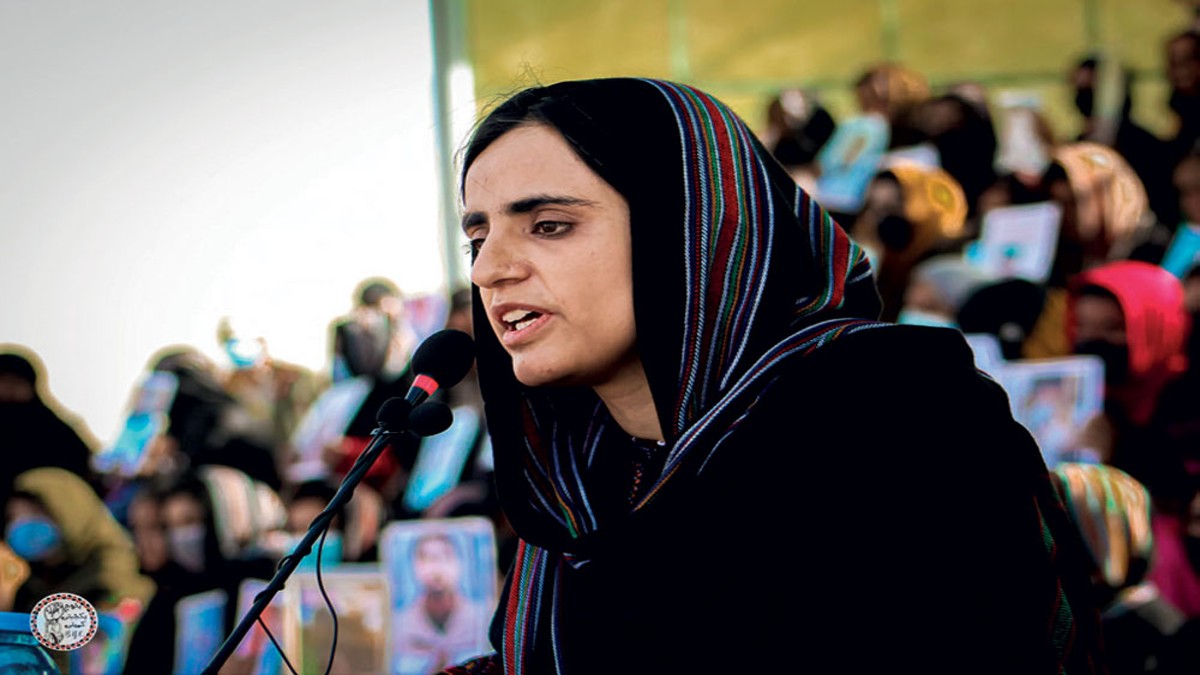)
